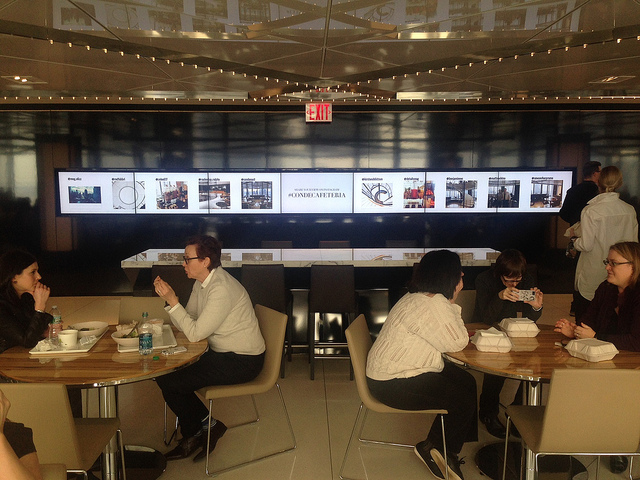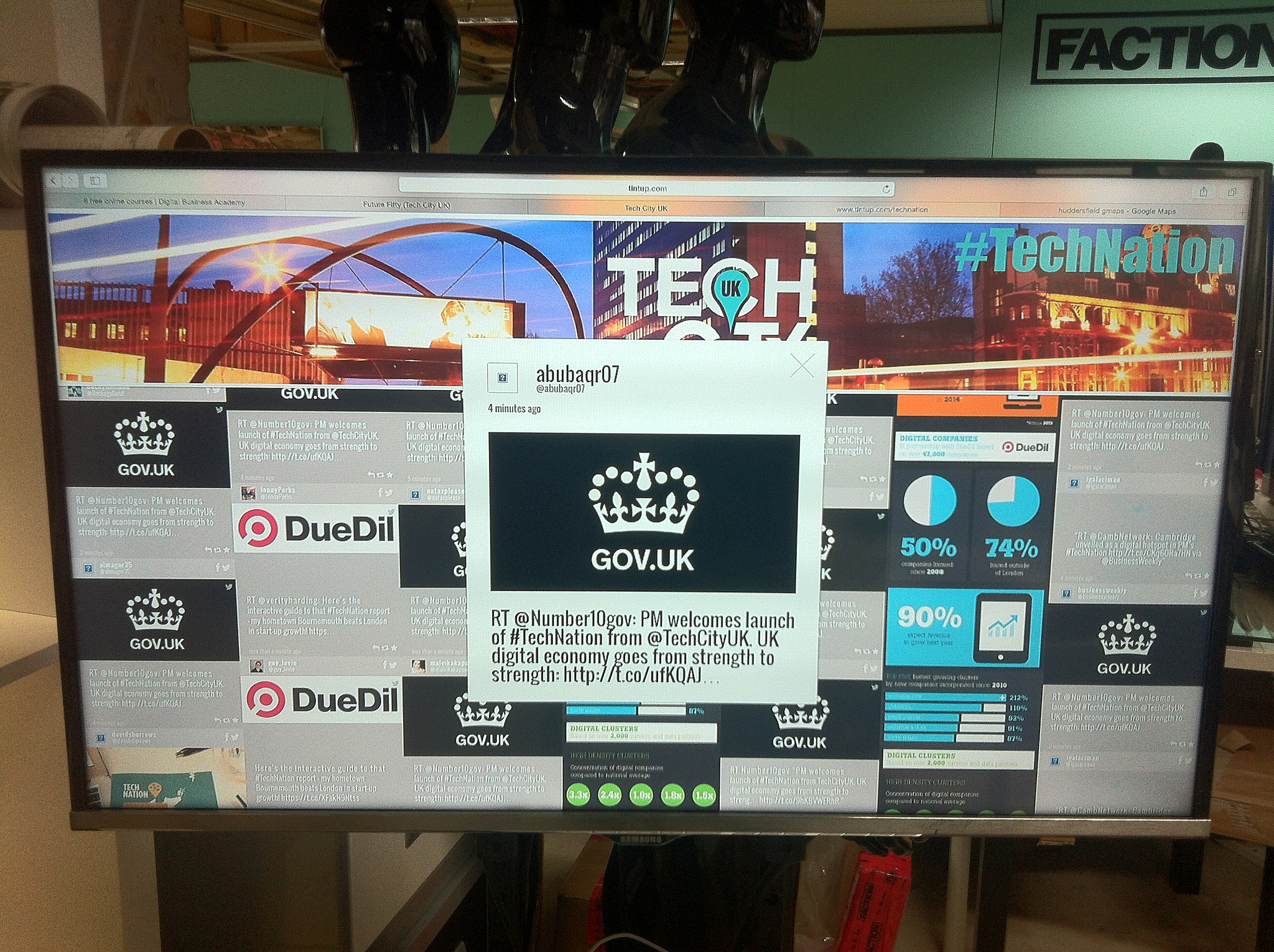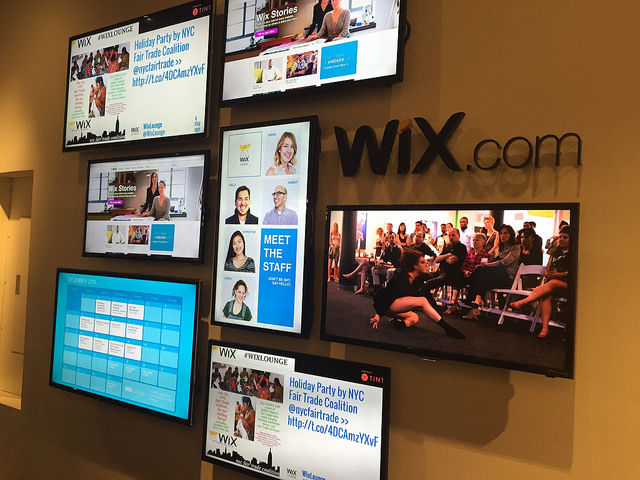In the world of Social Media Marketing, we spend a lot of time talking about ways that organizations can use social media to connect with their customers and fans. But Social Media can connect another group that is vital to every company – your employees.
Employee Generated Content (EGC) is the biggest HR strategy that most companies overlook. Your employees are smart, talented, and have plenty of things to say about your company. Giving them the tools and permission to share their knowledge or enthusiasm will pay you back many times over.
At TINT we’ve been lucky enough to see companies doing exciting things with EGC. From sleek screens in the Conde Nast cafeteria, to a wall of posts from employees at WIX headquarters, EGC is playing a bigger role in both internal and external communication.
Here are four ways it’s being used to connect employees and create a strong office culture:
1. Highlight Employee Knowledge
Employee Generated Content is first and foremost valuable internally. Organizations of any size can benefit from employees sharing their knowledge with coworkers or expressing enthusiasm. One of the #1 tips about EGC is to “meet them on their territory” – don’t ask employees to write blog posts if they’re not comfortable writing. Instead, see if they want to create a short video, give a talk, or post to social media.
The easier it is to share expertise, the more likely employees are to do it. Create opportunities for “the cream to rise to the top” and for everyone else to benefit from their knowledge.
2. Replace the Internal Newsletter
Employee Newsletters have been the primary way HR departments have kept employees in the loop for the past three decades. The role it plays is important – it helps employees learn of upcoming talks, special announcements, or fun personal updates from coworkers. But it is an outdated mode of communication that requires company resources (mostly time) to produce.
EGC to the rescue.
Instead of asking for announcements via email and compiling them into a newsletter, have a space where employees can post their own announcements, funny videos, updates, requests, and display them for the whole office to see.

Conde Nast uses a social media hub in their cafeteria to display what employees have to say about their food. It’s a fun way to get employees posting (and bragging) about their amazing cafeteria, and a good way to keep everyone who eats there daily just a little more connected.
Other opportunities for connecting employees abound – companies with offices in more than one city can use EGC to keep their offices connected. A busy team can share pictures of their pets or kids with each other using a specific hashtag. A remote team can celebrate wins via social posts.
3. Recruitment
According to a recent survey, 73% of recruiters have signed a candidate they initially found through social media. Your employee’s voices are a huge asset when it comes to sharing positively about your office culture on this important medium.
In combination with a strong outreach effort, Employee Generated Content can help you nail social media as a powerful recruitment tool.
Invite employees to share their fun moments at the office with a brand-specific hashtag. Display the best posts on screens in central meeting places (or, if you’re still publishing that darn internal newsletter, use the posts they share as fodder).
Much like User Generated Content, the advantage of getting your employees to share their images and posts of your enviable office culture is that it goes out to their personal networks as well.
Those who share about your office most frequently are good candidates for assisting with further recruitment efforts – like talking to a candidate or writing a blog post about your office culture.

4. Support for new Initiatives
Corporate initiatives and programs depend on employee participation for their success. Encouraging employees to share related updates with their coworkers will help give corporate initiatives some life.
At TINT, we experienced this first hand with our monthly self-improvement program. Employees used to set goals at the beginning of the month, document their progress in a Google spreadsheet, and then write a paragraph about it at the end of the month. We found that using our own product to facilitate “EGC” worked well for making the self-improvement program more real in the office.
Instead of updating a spreadsheet, we asked each employee participating to post to social media once a week with a picture of them working towards their goal. We used TINT to pull in all the related posts, and then showed those posts on screens in the office every day. It was fun to see each other’s progress, and helped remind everyone to keep working towards their goals.
Other initiatives could benefit from this kind of specific EGC – encouraging employees to bike to work? Ask for posts about their commute. Focusing on using a new technology? Ask employees to share triumphs (and frustrations) about the new tools they are using. Get employees on board with new initiatives by encouraging them to participate through social media, and reward that participation by sharing their photos, comments, or short videos with the entire office.
Trusting Your Employees on Social Media
You may want to set guidelines for what kind of content you hope employees will share, especially on public forums like Instagram or Facebook. Ultimately however, you need to trust your employees to talk about your company. They are your brightest minds and should be your biggest brand advocates.
What methods are you using to help employees share their skills and passion? Share your answers on any social media platform using #SocialStudies. We’d love to hear from you!





